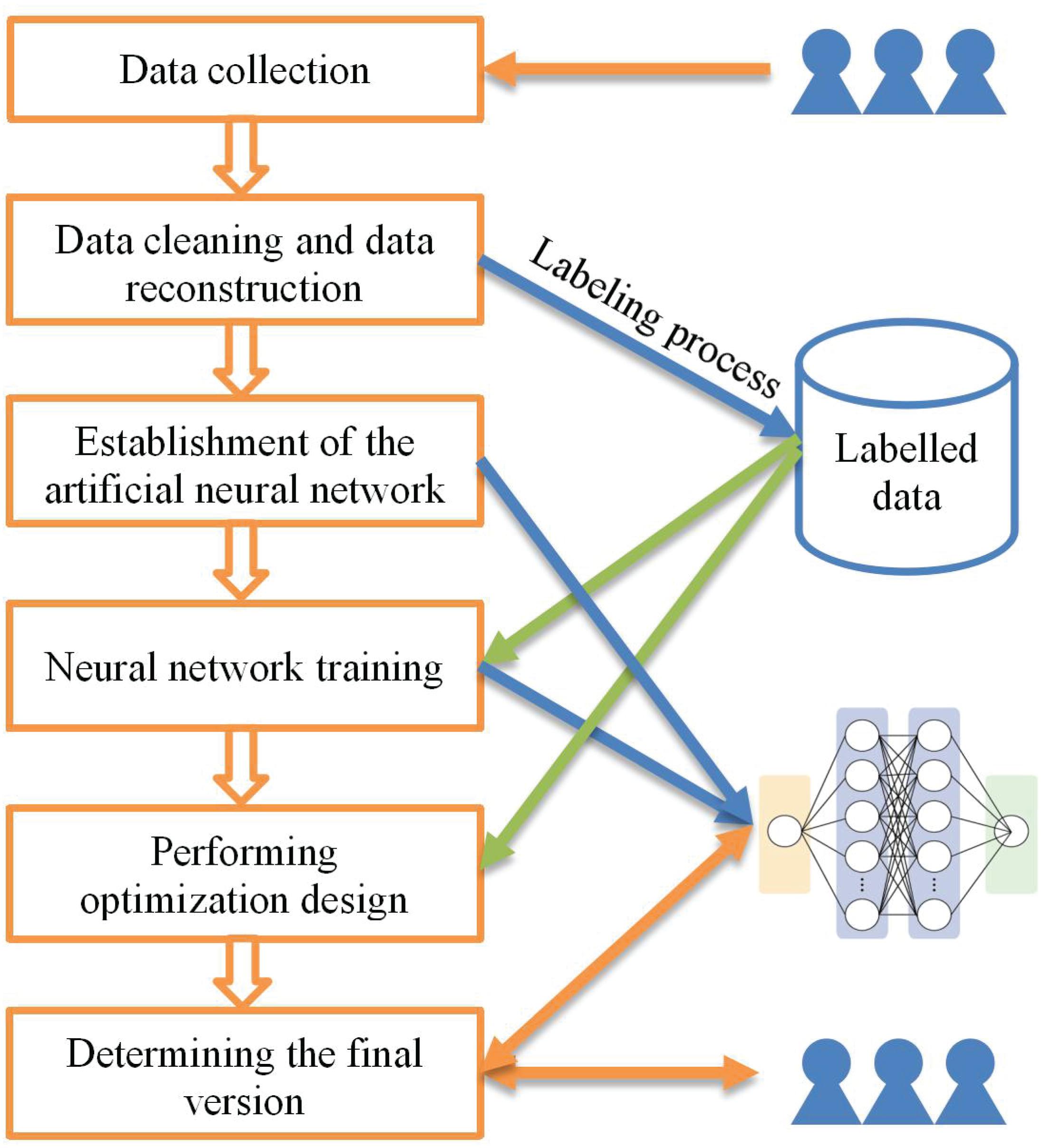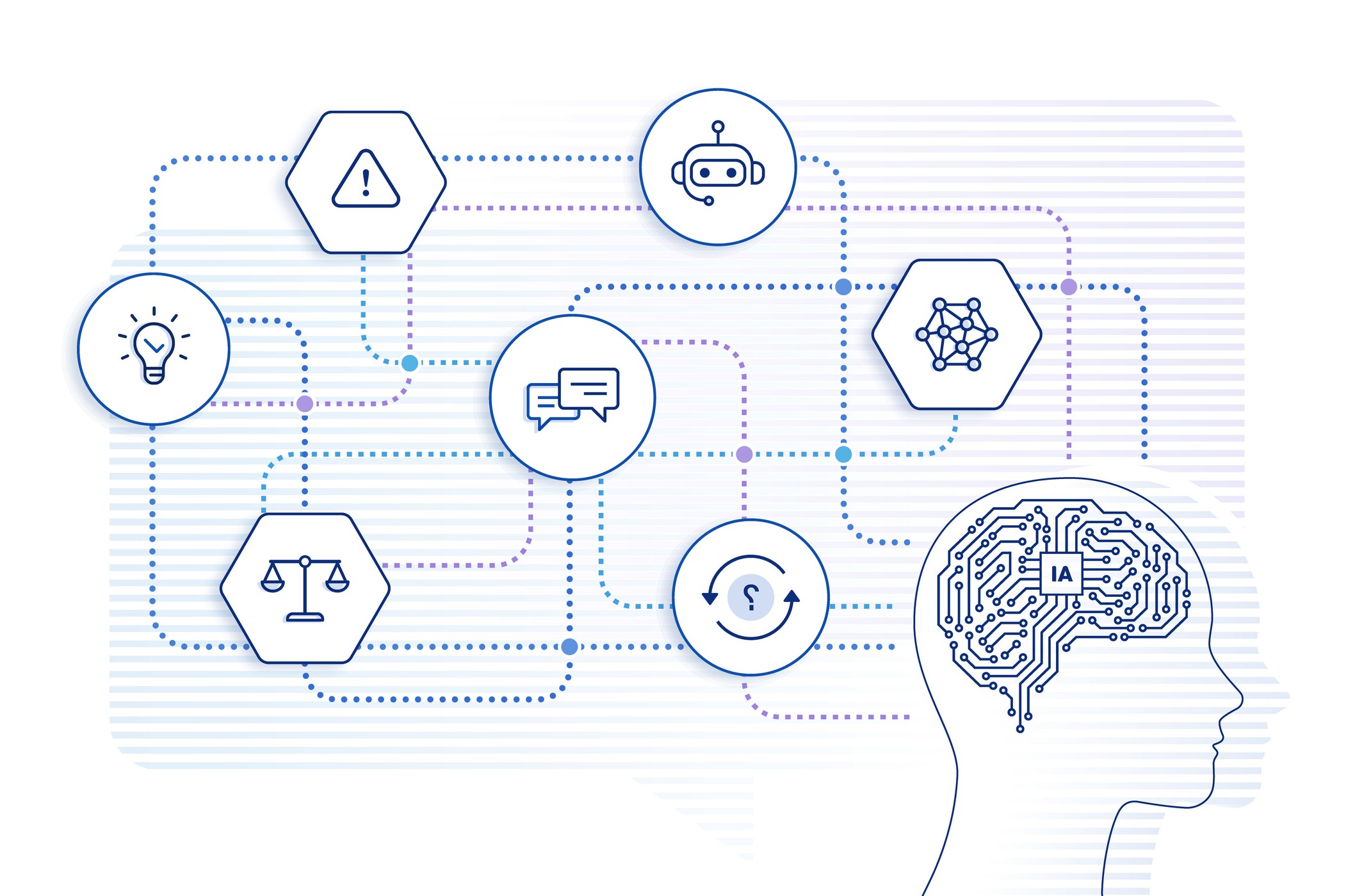
Understanding Machine Learning
Definition and Basics
Machine Learning (ML) is a subset of artificial intelligence that enables machines to learn from data and improve their performance over time without being explicitly programmed. Imagine teaching a child to recognize animals by showing them numerous images; this is akin to how ML algorithms learn from vast datasets.
Types of Machine Learning
The three primary types of machine learning are:
- Supervised Learning: The model learns from a labeled dataset, where the correct outputs are provided. Think of it as a student learning with a textbook.
- Unsupervised Learning: Here, the model analyzes unlabeled data to identify patterns. It’s as if you were exploring an unfamiliar city without a map.
- Reinforcement Learning: This type uses a reward system to encourage certain behaviors, similar to training a pet.
Applications in User Experience
Machine learning significantly enhances user experience (UX) in tech products. For instance:
- Personalized Recommendations: Streaming services suggest shows based on viewing history.
- User Behavior Prediction: E-commerce platforms analyze shopping habits to tailor product ads.
By integrating ML, companies can create intuitive and engaging interfaces that resonate with their users, ultimately leading to increased satisfaction and retention.

Machine Learning Algorithms for User Experience
Recommender Systems
One of the most notable applications of machine learning in user experience is the development of recommender systems. Think about the last movie you streamed; chances are, a recommender system suggested it! These algorithms analyze user behaviors and preferences to provide tailored content. For instance:
- Collaborative Filtering: Recommends items based on the preferences of similar users.
- Content-Based Filtering: Suggests items similar to those a user has liked before.
Personalization Algorithms
Personalization algorithms take user data and create tailored experiences. From personalized marketing emails to customized news feeds, these algorithms ensure that users receive relevant content. Imagine scrolling through your social media and finding posts that align perfectly with your interests; that’s personalization at work!
Sentiment Analysis
Sentiment analysis uses machine learning to assess user opinions expressed in text. Companies utilize this to gauge customer feelings towards products or services. For example, analyzing social media comments can unveil customer satisfaction and identify areas for improvement. This feedback loop is vital for creating products that genuinely resonate with users, enhancing their overall experience.

Enhancing User Interface with Machine Learning
Predictive Typing
Building upon the previous discussion of machine learning algorithms, one of the most impactful advancements is predictive typing. Many of us have experienced typing on our smartphones, where suggestions pop up to complete our sentences. This intuitive feature not only saves time but also enhances the overall user experience. For instance:
- Smart Completions: Text input apps analyze your writing style to offer accurate word suggestions.
- Contextual Awareness: Some applications use context from prior conversations to provide relevant suggestions.
Image and Voice Recognition
Image and voice recognition have transformed user interactions with technology. With these capabilities, devices can identify and react to inputs seamlessly. For example, facial recognition unlocks phones with just a glance, while voice-activated assistants respond to commands instantly.
- Accessibility: These technologies make interfaces more accessible, especially for users with disabilities.
Chatbots and Virtual Assistants
Finally, chatbots and virtual assistants, powered by machine learning, provide instant support and improve user engagement. AI-driven bots can answer queries or help navigate websites in real-time. Reflecting on personal experiences, it’s astonishing how a simple chatbot can assist in resolving issues almost instantaneously, enhancing user satisfaction significantly.

Machine Learning for Customer Support
Automated Ticket Routing
Following the advancements in user interface enhancements, machine learning is also making waves in customer support. One of the most effective applications is automated ticket routing. When customers submit support tickets, ML algorithms can analyze the content and automatically direct them to the appropriate department or agent. For example:
- Keyword Analysis: By identifying keywords in a ticket, the system can determine the issue type.
- Historical Data Utilization: The system reviews past tickets to predict the best match for routing.
Response Prediction
Another exciting application is response prediction, which empowers support teams to craft timely replies. Machine learning models analyze previous interactions to suggest the most effective responses. Imagine being a customer support representative who receives prompts suggesting potential solutions right before responding!
- Increased Efficiency: This significantly reduces response time, resulting in happier customers.
Feedback Analysis
Lastly, feedback analysis enables organizations to understand customer sentiment and satisfaction better. By leveraging sentiment analysis on customer feedback, businesses can:
- Identify Trends: Quickly discern which areas need improvement.
- Act Responsively: Tailor their strategies according to customer needs, fostering long-term loyalty.
These machine learning applications collectively optimize customer support processes, ensuring a seamless experience for both customers and support teams alike.

Impact of Machine Learning on User Engagement
Behavioral Analysis
Continuing our exploration of machine learning, its profound impact on user engagement is undeniable. Behavioral analysis enables businesses to understand how users interact with their products. By leveraging data from user actions, companies can gain insights into:
- User Preferences: Identify trends among user behaviors, improving product features accordingly.
- Engagement Patterns: Recognize peak usage times to optimize notifications or updates.
Such analysis can lead to more personalized experiences that resonate with users on a deeper level.
A/B Testing Optimization
Another area where machine learning excels is A/B testing optimization. Gone are the days of manual testing with limited variables. Now, ML algorithms can predict which variations of a product or website design will perform better based on real-time data analysis. Imagine launching two versions of an app and having the algorithm automatically adjust and optimize based on user interactions!
- Faster Decision-Making: Instant feedback can lead to more informed business decisions.
User Retention Strategies
Finally, effective user retention strategies hinge on machine learning’s ability to analyze vast amounts of data. By predicting when users are likely to disengage, companies can proactively reach out with tailored offers, reminders, or user surveys.
- Targeted Campaigns: These strategies not only keep users engaged but can also increase lifetime value.
Ultimately, the fusion of machine learning and user engagement strategies creates a powerful synergy that enhances user experiences and fosters long-term relationships.

Challenges and Ethical Considerations
Bias and Fairness
As we embrace the benefits of machine learning, it’s essential to acknowledge the challenges and ethical considerations that accompany its use. One major issue is bias and fairness. Machine learning models often learn from historical data, which might contain biases based on gender, race, or socioeconomic status. For example, an algorithm used for hiring could inadvertently favor certain demographics over others, perpetuating inequality. To combat this, organizations must:
- Regularly Audit Models: Continuously check for unexpected biases.
- Diversify Training Data: Ensure datasets are representative of all user groups.
Data Privacy
Another pressing concern is data privacy. With user data being the fuel for machine learning models, organizations must prioritize protecting this information. The introduction of legislation like GDPR highlights the importance of maintaining user privacy. Companies should:
- Obtain Informed Consent: Clearly communicate how user data will be used.
- Implement Robust Security: Safeguard data against breaches, ensuring that user information remains confidential.
Transparency in Algorithms
Finally, transparency in algorithms is crucial. Users have the right to understand how decisions affecting them are made, especially in areas like finance or healthcare. Organizations can foster trust by:
- Clearly Explaining Decision-Making Processes: Offering insights into how algorithms function.
- Providing Mechanisms for Human Oversight: Ensuring that users can challenge or seek clarification on algorithmic outcomes.
Addressing these challenges will build a more ethical and responsible use of machine learning, ultimately enhancing user trust and engagement.

